After my trip yesterday to see a cottage-owner with bees in his roof (its in the blog), back at home we have red mason bees too. I'm pretty sure that we've seen these in past years but they never stopped long enough for a photo. I've also had mud-lined pollen-provisioned nests under the roof of empty hives in past springs which were almost definitely these creatures.
Today they were doing little circuits at the front of the house. Coming in, darting about, landing on either a woody rose stem or the wooden upright for a trellis, then after a minute moving up and onto a small brick overhang above the window where they work their way along to the left and disappear for a while. Both males (tufty white faces) and females. Is this some sort of patrolling mating ritual as some male bumblebees are supposed to do? Nice little things anyway.
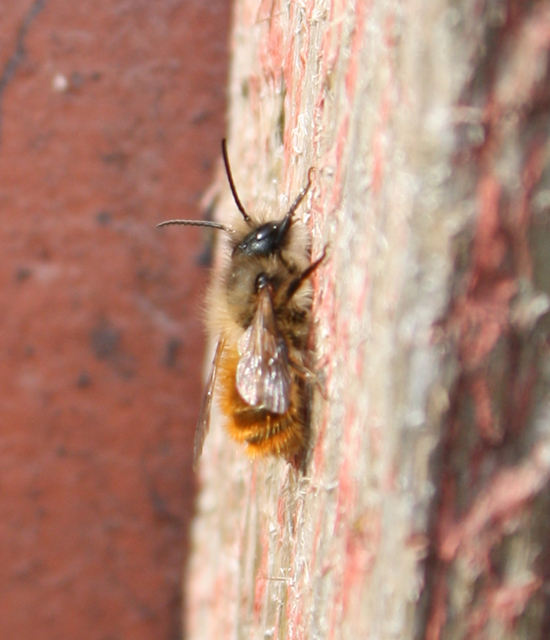






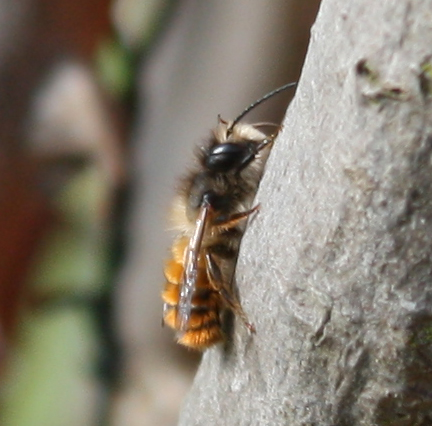
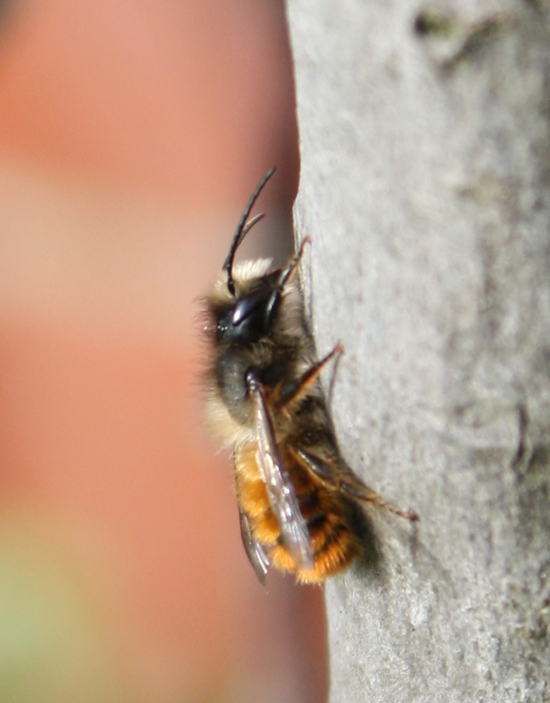

 Reply With Quote
Reply With Quote

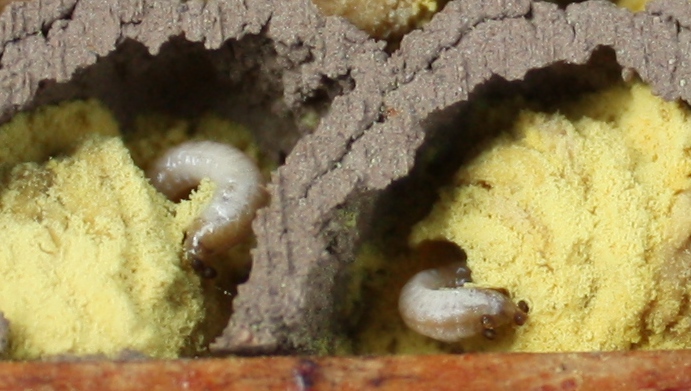


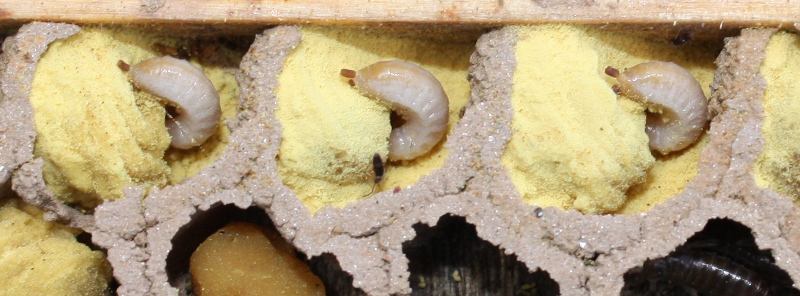



Bookmarks